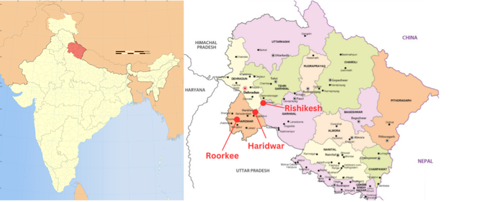I found that the UPI story is far more complex than whether a merchant simply has a QR code taped next to their cash box. Existing development technology research often focus on the personal background of the user – their age, education, gender, etc. However, I found that external factors, such as Indian tax policy and the structure of upstream wholesale markets, all shape UPI experiences even more than individual background. Moreover, I found that efforts by the Modi Administration to signal Indian ascendency and modernization through UPI have had a smaller footprint than expected. Merchants and customers love the tool, but rarely does this translate to approval of the Administration.
Ultimately, my thesis highlights what a high-end gold jeweler and a coconut water stand have in common when it comes to digital payments. It examines why highly educated and high-earning business owners only adopted this technology a few months ago, compared to the average auto- rickshaw driver adopting it years prior. And overall, it shows the complexities in the digital payments story, one which has increasingly become a core of the story of India’s rise.
Beyond this, though, it was an incredibly enriching experience. I visit India every year with my family and often find myself reverting to my childhood self. My parents and relatives point the way, and I follow. This research was my first time building my own, personal relationship with India. Going out in the marketplace with just my nanaji (maternal grandfather), shaking hands and chatting with merchants of all kinds, all this radically transformed my confidence and relationship with the country. (It’s also turned my once-extremely broken Hindi into something slightly more passable).
If you’re interested in reading my full dissertation, you can get in touch with me via the Rhodes Trust. Once again, my sincerest thanks to the Murray-Speight team and the Rhodes Trust for making this research a possibility.




